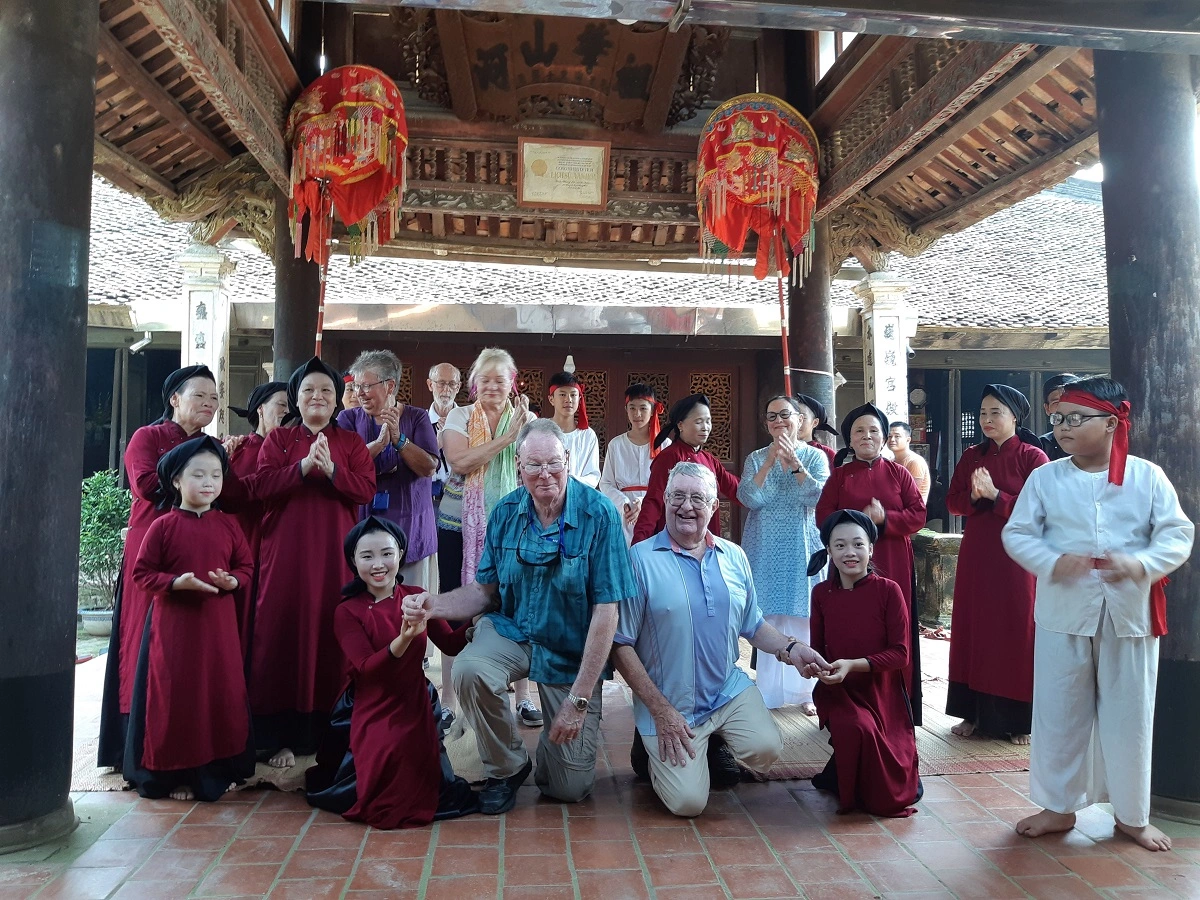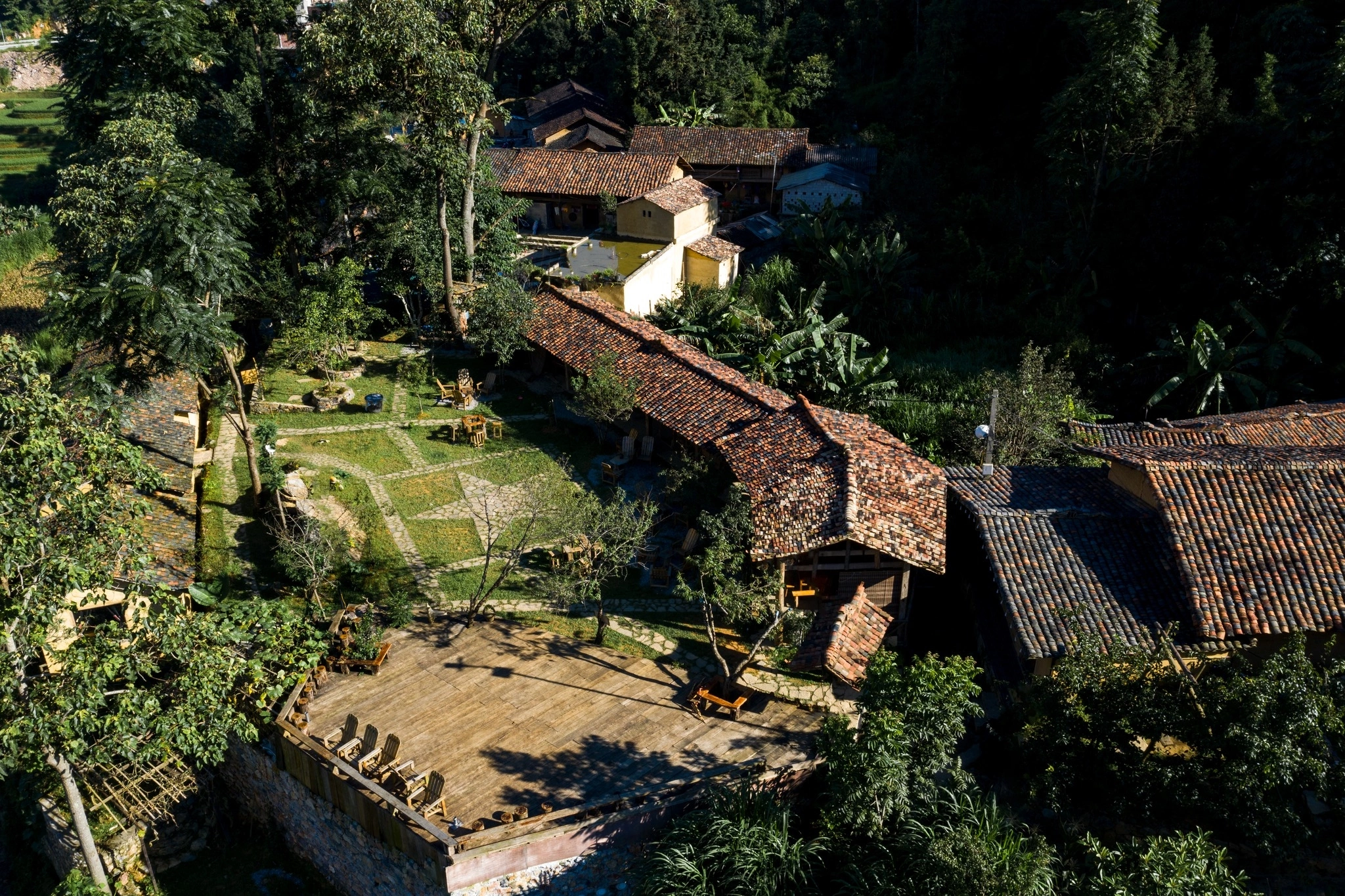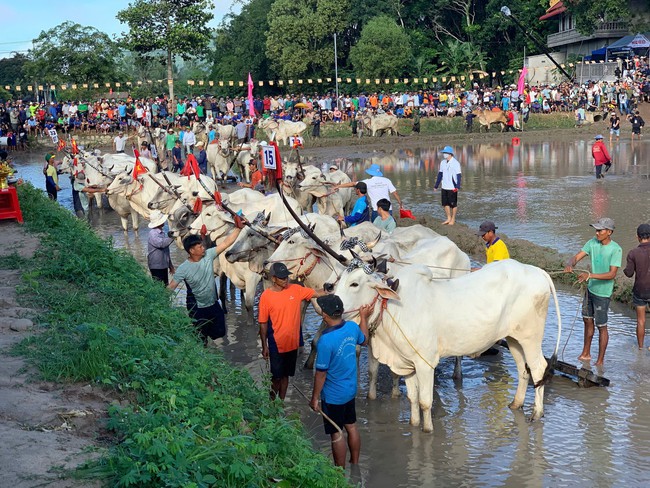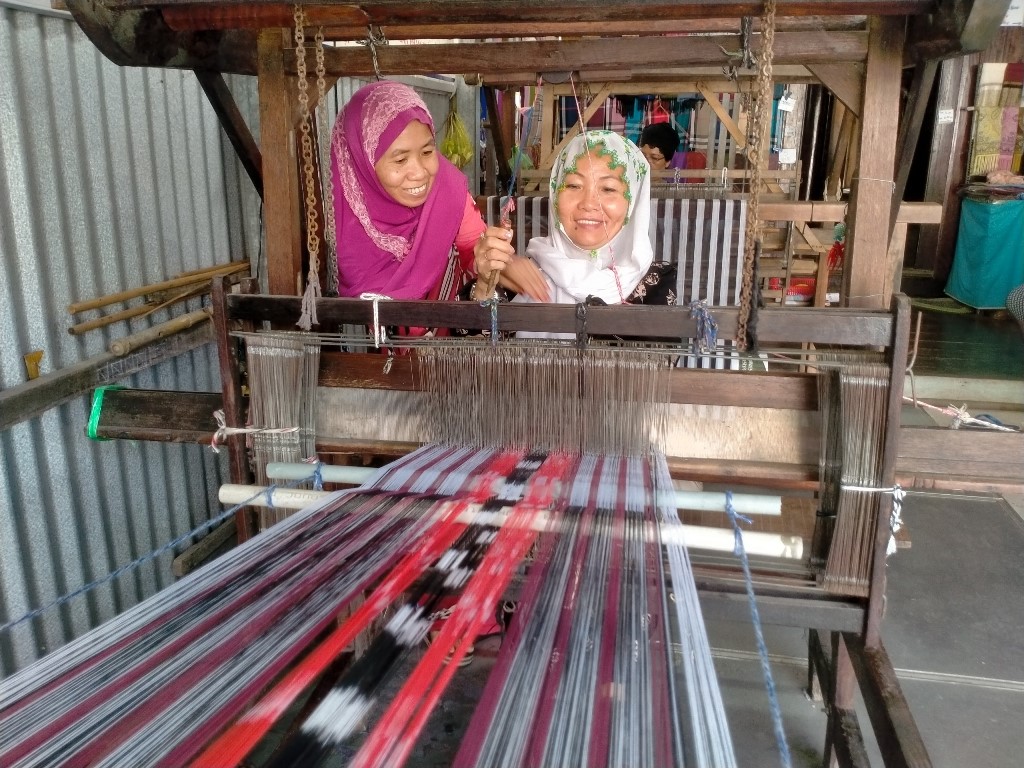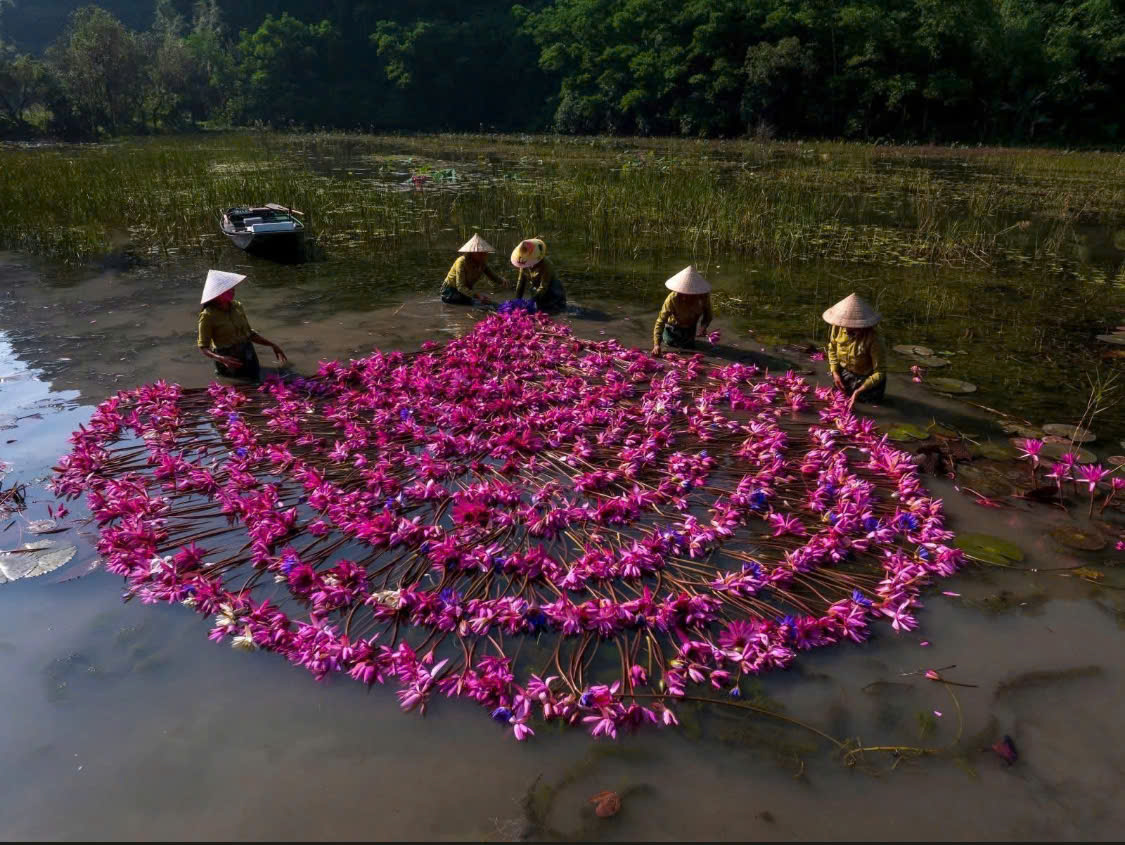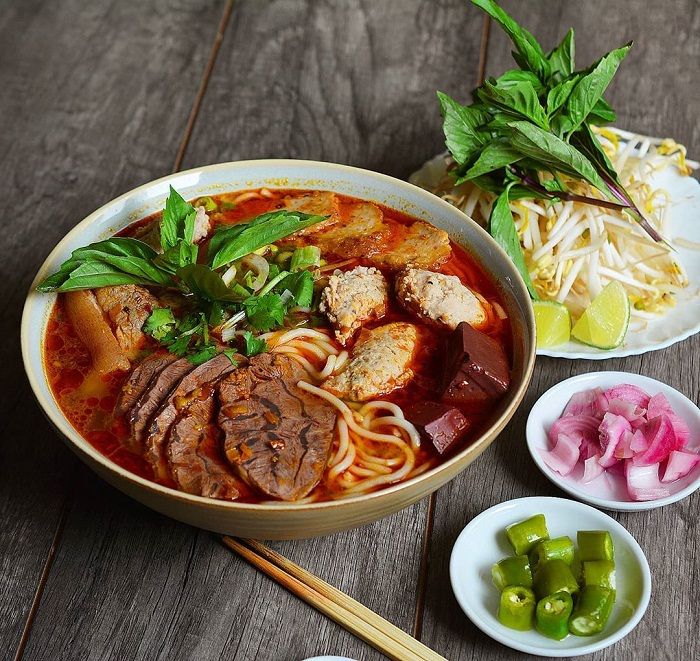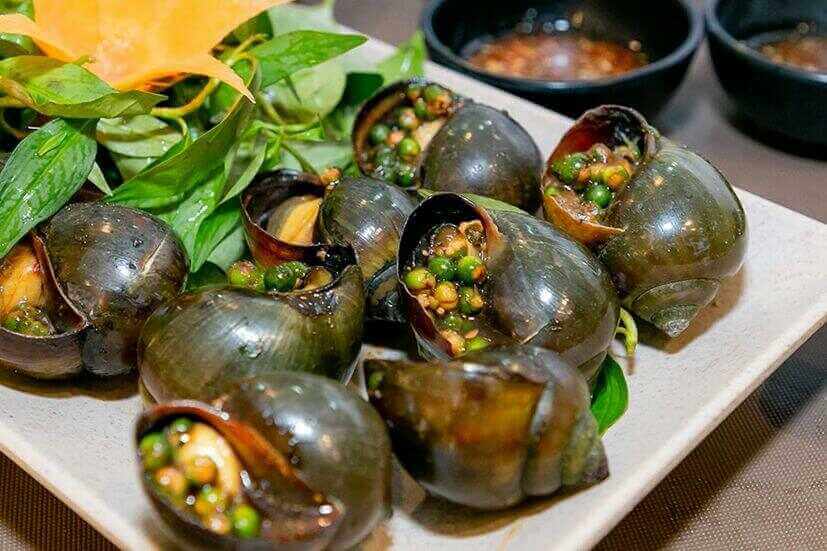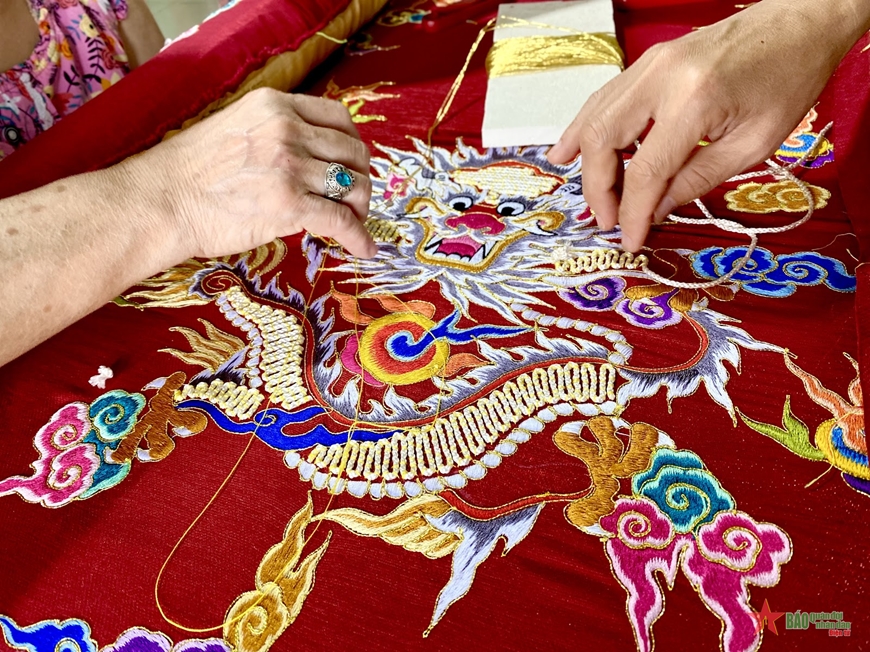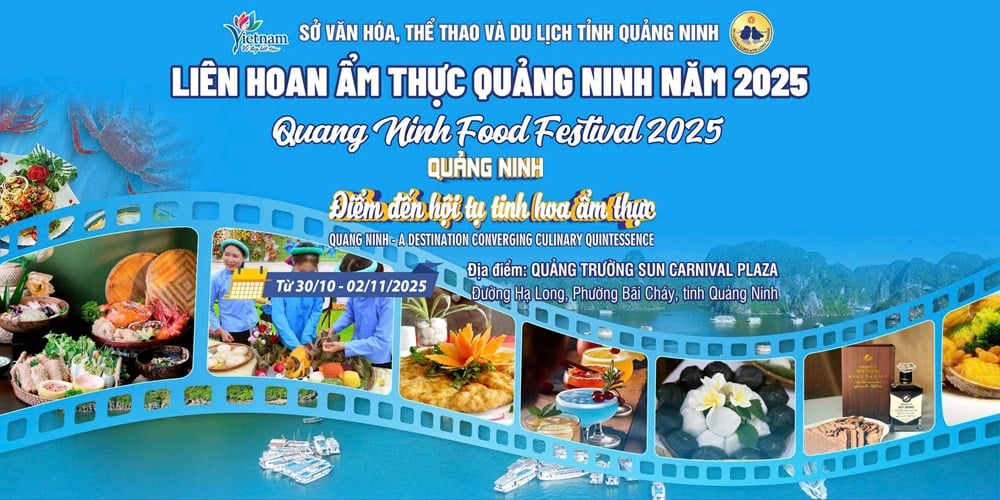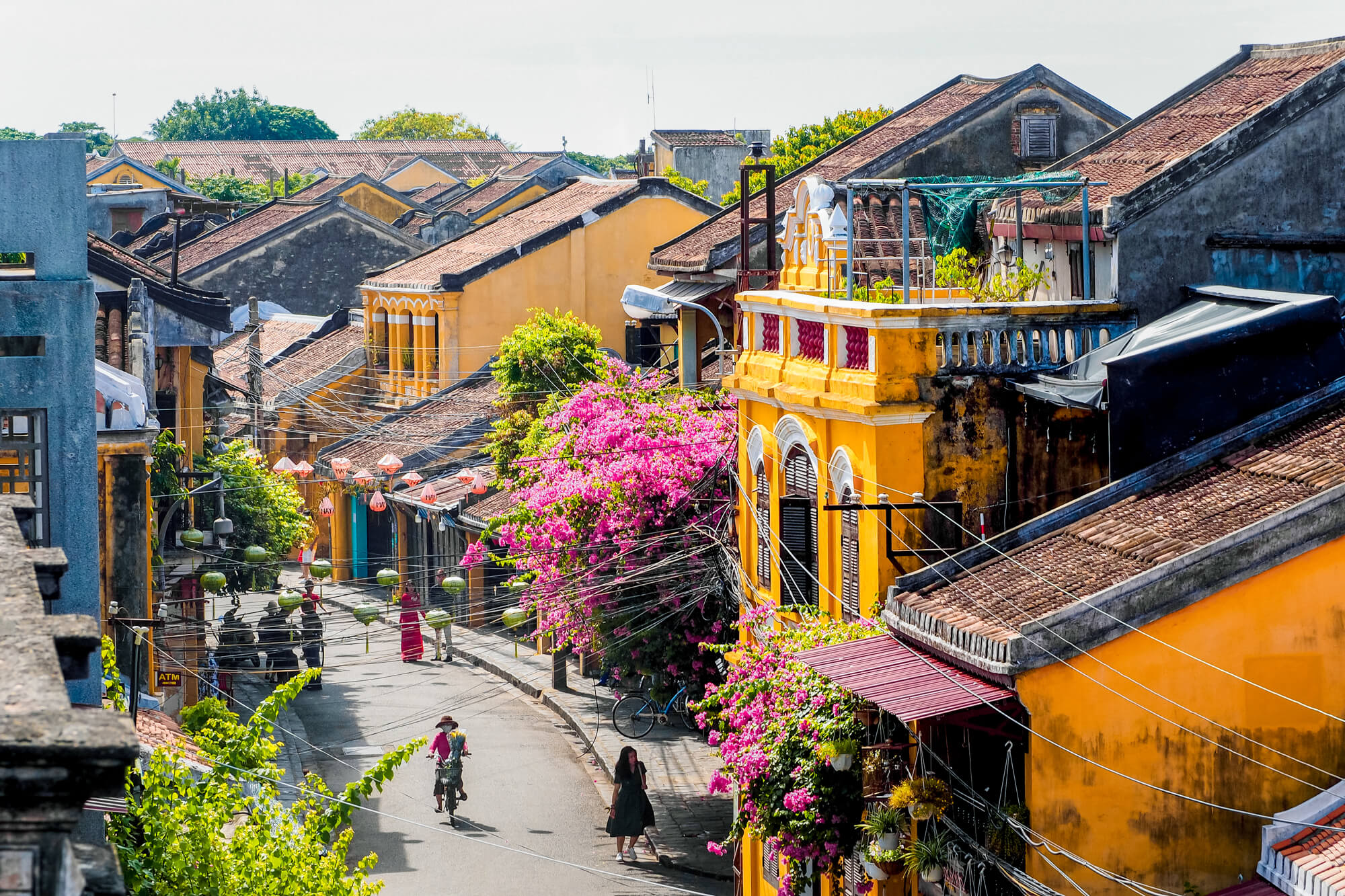CaMau Pickled Shrimp: The Essence of Vietnam’s Southernmost Tip
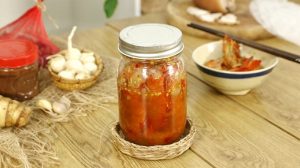
Among the diverse flavors of Vietnamese cuisine, Cà Mau’s pickled shrimp (tôm chua Cà Mau) stands out as a unique specialty that captures the vibrant culinary traditions of the country’s southernmost province. Known for its rich and tangy flavor, this delicacy is cherished for its unique preparation, distinctive taste, and place in the lives and hearts of the people of Cà Mau. Tôm chua Cà Mau reflects the essence of the Mekong Delta region, famous for its abundant seafood and fertile lands, making it a must-try for anyone exploring Vietnam’s culinary landscape.
Origins of Cà Mau Pickled Shrimp
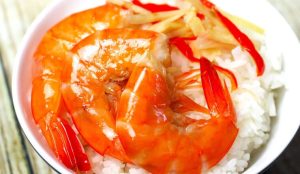
Cà Mau, located at the southern tip of Vietnam, is bordered by the sea on three sides. The region’s favorable climate and vast network of rivers and canals create ideal conditions for aquaculture, particularly for shrimp farming. Over generations, local people have perfected various methods to preserve shrimp, and pickling is one of the most beloved methods. This preservation technique enhances the shrimp’s flavor and makes it a versatile ingredient in a wide array of dishes.
Originally, Cà Mau pickled shrimp was a traditional food that locals prepared to store shrimp for longer periods, especially when fresh ingredients were harder to access. Over time, the dish gained popularity and became a cherished culinary specialty, renowned for its unique, complex taste that is equal parts sweet, tangy, spicy, and umami. Today, Cà Mau pickled shrimp is celebrated both within and beyond the borders of the province and is enjoyed by food lovers across Vietnam and around the world.
The Art of Making Cà Mau Pickled Shrimp
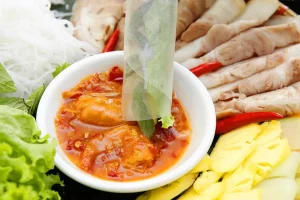
The preparation of Cà Mau pickled shrimp is an art in itself, requiring patience, skill, and quality ingredients. Each household or family recipe may have slight variations, but the traditional process follows a similar sequence.
- Choosing the Shrimp: Freshness is key when selecting shrimp for pickling. Locals prefer small to medium-sized shrimp with firm flesh, which absorb the marinade better. Freshly caught shrimp from the rivers and canals of Cà Mau are ideal for this dish.
- Cleaning and Preparing the Shrimp: The shrimp are cleaned and their heads are removed, but the shells are typically left on to add texture to the final product. Some recipes call for lightly salting or blanching the shrimp briefly to ensure they are properly cleaned and primed to absorb the flavors of the marinade.
- The Marinade: The marinade is where the magic happens. A mixture of rice wine, galangal, garlic, chili, sugar, and sometimes a hint of fish sauce creates a balanced flavor profile that embodies the signature taste of pickled shrimp. Rice wine is crucial, as it acts as a natural preservative while imparting a mild sweetness that complements the shrimp’s natural flavor. Galangal and chili add a spicy kick, while garlic infuses an aromatic depth that mellows with time.
- Pickling Process: Once the shrimp are mixed with the marinade, they are stored in jars or ceramic containers. The jars are then sealed and left to ferment at room temperature for around one week, depending on the weather and desired flavor intensity. As the shrimp ferments, the flavors intensify, blending into a harmonious mix of sweet, sour, spicy, and savory notes.
- Storage and Aging: After the initial fermentation, the pickled shrimp can be stored in a cool, dark place to age further, with flavors improving over time. Some families keep their jars for several weeks, allowing the flavors to develop fully, making the shrimp even richer and more complex.
The Flavor Profile of Cà Mau Pickled Shrimp
The resulting pickled shrimp is bursting with flavors that capture the essence of the Mekong Delta. Each bite offers a medley of tastes: the sweetness of shrimp, the tanginess of the fermented marinade, the heat from the chili, and the warmth of galangal. This layered taste profile makes Cà Mau pickled shrimp a true culinary gem, and its balance of flavors pairs beautifully with rice, noodles, or fresh herbs.
The shrimp’s texture remains slightly firm while the pickling process adds a subtle crunch. The marinade, infused with garlic, chili, and galangal, often turns into a vibrant orange or pink, a hint of the shrimp’s bold taste. The aroma of tôm chua Cà Mau is equally enticing, with the sharp notes of garlic and chili complementing the sweet scent of shrimp and rice wine.
Regarding texture, the shrimp remains slightly firm while the pickling process adds a subtle crunch. The marinade, infused with garlic, chili, and galangal, often turns into a vibrant orange or pink, a hint of the shrimp’s bold taste. The aroma of tôm chua Cà Mau is equally enticing, with the sharp notes of garlic and chili complementing the sweet scent of shrimp and rice wine.
How to Enjoy Cà Mau Pickled Shrimp
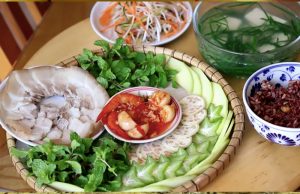
Cà Mau pickled shrimp is traditionally enjoyed in simple yet flavorful dishes, allowing its bold taste to shine. Here are some popular ways locals enjoy this delicacy:
- With Rice and Fresh Vegetables: One of the most traditional ways to enjoy pickled shrimp is with a bowl of steamed rice, fresh lettuce, cucumber, and herbs like mint and perilla. The fresh vegetables help balance the richness of the shrimp, while rice acts as a perfect canvas for its intense flavor.
- In Spring Rolls: Pickled shrimp is often used as a filling in spring rolls, where it is wrapped in rice paper along with fresh herbs, noodles, and vegetables. The result is a delightful combination of textures and flavors, with the spicy, tangy shrimp adding flavor to each bite.
- Paired with Rice Vermicelli: Cà Mau pickled shrimp also complements rice vermicelli (bún), which is served as part of a larger dish with herbs, peanuts, and a dash of fish sauce. The noodles absorb the flavors of the shrimp, creating a light but flavorful meal.
- As a Side Dish or Condiment: Some enjoy Cà Mau pickled shrimp as a side dish, served in small portions alongside other main dishes. It also works as a condiment, adding a spicy kick to mild dishes.
Cà Mau Pickled Shrimp as a Cultural Symbol
Beyond its delicious taste, Cà Mau pickled shrimp has deep cultural significance. For the people of Cà Mau, it represents the resourcefulness and ingenuity of the Mekong Delta’s inhabitants, who have long relied on preservation techniques to make the most of their rich natural resources. It’s a dish that tells a story of life by the rivers, resilience, and connection to the land and sea.
In many ways, Cà Mau pickled shrimp is more than just a food item—it’s a symbol of heritage, pride, and love for the local environment. Families pass down recipes through generations, keeping the tradition alive while sharing their unique techniques and memories with each new batch of pickled shrimp.
Bringing a Taste of Cà Mau to the World
As Vietnamese cuisine continues to gain global recognition, Cà Mau pickled shrimp has found its place among the country’s iconic dishes. Travelers to the Mekong Delta and food lovers across Vietnam seek it out for its unique taste, and many even bring jars of pickled shrimp home as a souvenir. Today, it’s possible to find pickled shrimp in specialty stores or restaurants that highlight traditional Vietnamese foods.
However, to fully appreciate the depth of Cà Mau pickled shrimp, there’s no substitute for tasting it in its place of origin, where the freshness of the shrimp and the quality of the ingredients are at their best. A trip to Cà Mau offers not only a taste of this beloved delicacy but also an opportunity to experience the landscapes, rivers, and people who make this region—and its cuisine—truly special.
Final Thoughts
Cà Mau pickled shrimp is more than just a dish—it’s a taste of Vietnam’s southernmost tip, encapsulating the flavors, history, and culture of the Mekong Delta. Whether enjoyed with rice, wrapped in spring rolls, or savored on its own, this delicacy promises an unforgettable culinary experience that will linger in your memory long after the last bite. So, if you ever find yourself in Cà Mau, be sure to sample tôm chua—a taste of Vietnam you won’t want to miss. This unique delicacy embodies the flavors and traditions of the southernmost region, offering an unforgettable taste experience that reflects the essence of Vietnamese culture. For more culinary adventures and travel inspiration, visit www.tripasean.com.
- Hotline: +84 961518918
- Website: www.tripasean.com
- Email: info@tripasean.com



